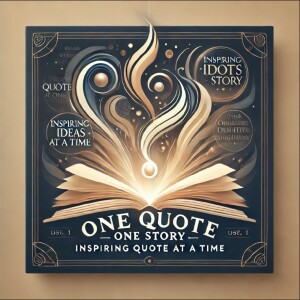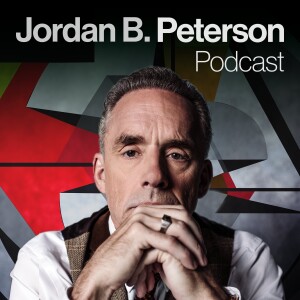The provided text, "Chemistry of Highly Processed Foods," offers a comprehensive analysis of ultra-processed foods (UPFs) through the NOVA classification system, which categorizes foods by their degree of industrial alteration. It details the chemical distinctions of UPFs, explaining how they are industrial formulations of food-derived substances and additives, unlike minimally processed foods. The source explores the extensive use of various industrial additives such as preservatives, texturizing agents (emulsifiers, stabilizers), and sensory modifiers (sweeteners, colorants, flavor enhancers), highlighting their functional chemistry and potential health implications. Furthermore, it examines the chemical transformations of macronutrients through processes like extrusion cooking and hydrogenation, discussing the creation of novel structures and harmful compounds like trans-fats and acrylamide. Finally, the text addresses the biochemical, physiological, and neurobiological ramifications of UPF consumption, including nutrient degradation, gut microbiome disruption, metabolic consequences, and the engineering of "bliss points" that hijack the brain's reward pathways.
Research done with the help of artificial intelligence, and presented by two AI-generated hosts.
More Episodes
All Episodes>>You may also like
Create Your Podcast In Minutes
- Full-featured podcast site
- Unlimited storage and bandwidth
- Comprehensive podcast stats
- Distribute to Apple Podcasts, Spotify, and more
- Make money with your podcast












